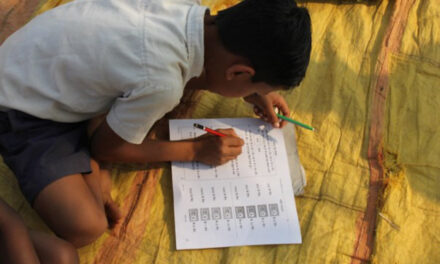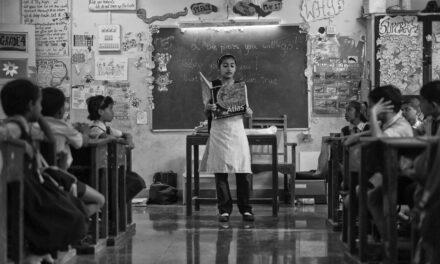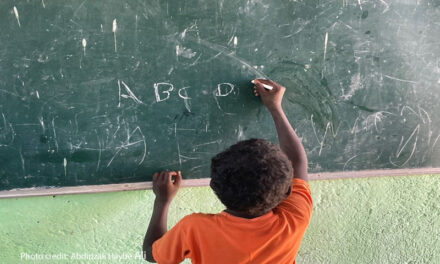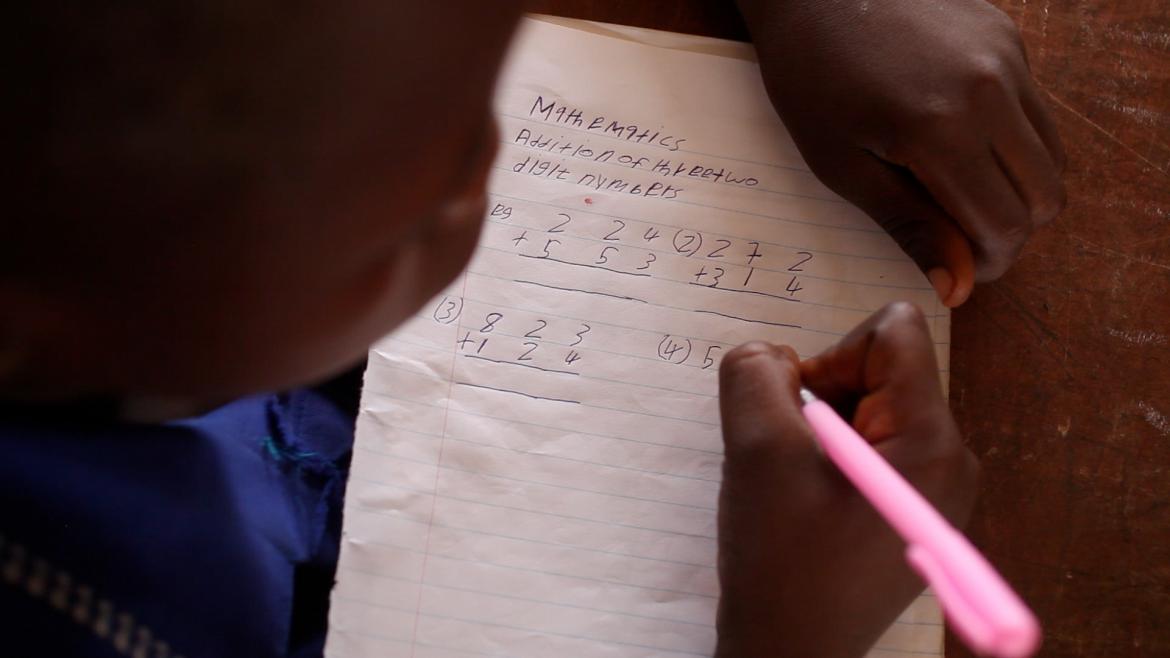This article is contributed by Mike Douse independent International Education/TVET Adviser, who argues that education’s unimaginative and over-cautious responses to COVID-19 worldwide have failed to seize the opportunity for fundamental restructuring in ways responsive to post-Digital Age social relationships and working arrangements. His prescription is that, from secondary onwards, the learners should lead, supported – but never directed – by teachers, systems, and ever-evolving and increasingly inexpensive educational technology.
This paper is based upon desk research into the consequences of and planned responses to COVID-19 across the education sectors of some 60 countries worldwide, extending to the findings of recent empirical studies, together with a review of the analyses and prescriptions of leading international organisations and the recent observations of some educational commentators. In all, some 200 documents and presentations have been accessed and analysed.
These indicate that somewhere between 1.5 and 1.7 billion students globally have been ‘out-of-school’ for between 3 and 16 months (as in mid-2021). Around 20-30% of registered primary learners and around 35-45% of registered secondary learners participated in ‘some form of online learning’ for some of the time when their schools were closed. However, some 250 million school-age children were out-of-school before the pandemic materialised while somewhere between a third and a half of all primary and secondary students worldwide still have no internet access. Some precise claims, such as “the pandemic will cause an additional 2.5 million child marriages worldwide” from Save the Children, are sometimes contested, just as the numbers of COVID-19 cases and deaths are, in some countries, significantly under-reported. The Global Education Recovery Tracker will enable more accurate measuring of the pandemic’s impact on education worldwide.
While there is a widespread (and the author suggests, mistaken) belief that substantial investment in expensive educational technology is the essential strategy, very few of the documents studied embody ‘radical creativity’ let alone any kind of ‘great reset’. Far less far-reaching than many of the visions and policies envisaged and formulated around 2017-2019, the bulk of decision-makers and planners now appear reluctant to seize the opportunity for fundamental change presented by the pandemic, preferring the safety of familiar arrangements, embracing a shared desire merely to ‘get back to normal’ and to ‘catch up on what has been missed’.
While many reports testify that both learners and teachers have lost social as well as learning experiences during the school closures and disruptions – a friendship shortfall and a self-discovery deficit – this is seldom responded to in the recovery plans. Far from stressing the primacy of socialisation, the emphasis throughout the documents reviewed is on completing fairly arbitrary curricula and on undergoing punishing and unreliable diagnostic processes. As Stephen Merrill appreciates, “too much focus on “Learning Loss” will be a historic mistake” and emphasis should now be placed by schools and systems on facilitating a range of artistic, sporting, creative and recreational activities, extending to play, informal meandering and counselling. Here, as elsewhere, optimum advantage should be derived from universal connectivity, in the context of the duality (tangible and virtual) of contemporary consciousness.
In only a small minority of the documents studied was there any serious consideration of how education should respond to – and make best use of – our evolving post-Digital world, eschewing the opportunity that the pandemic presents for a thorough updating of learning and teaching. In the main, they reflect a limited recognition of how both work and life are changing dramatically. The individual worker has agency and discretion previously undreamed of. Similarly, the individual citizen is a fingertip away from a universe of information and within seeing and hearing distance of several billion fellow world citizens. A blossoming and potentially mutually-supportive community of teachers and learners has become available.
As the third millennium adventurously unfolds, we cling doggedly to second millennium securities. The school as we know it is a creation of the Industrial Revolution and the bulk of the COVID recovery prescriptions are still set in terms of herding learners into physical spaces to be ‘taught at’ in order thereafter to be ‘examined at’. This is no longer how life works – nor how work is lived. As societies collectively conceive a more radical way of surviving and thriving together on this fragile earth, the challenge is to facilitate the emergence of educational arrangements and processes that match those lofty aspirations.
Realising also that education was already undergoing its elemental transformation prior to the pandemic, the author’s paramount recommendation is that the learner should lead. This involves primary education concentrating upon the enjoyable acquisition of basic skills and third millennium learning strategies leading to a confident readiness for learning responsibility. Thereafter, from early-secondary onwards, self-directed and self-regulated learning, encompassing learner-determined curricula, should be the prevalent educational mode. This will necessitate, in turn, a transformation in the teacher’s role. Whether in class or online, face-to-face or at a distance, they will come into their own in guiding, coaching and encouraging (but never directing or disciplining) learners, with their pre-service training and continuous professional development equipping them for these evolving functions.
Education systems worldwide – based upon weeding-out and winner-identification – are the enemies of equity and this discrimination has been intensified by the experiences of COVID-19. As one commentator insists, “Let’s seize this rare chance to abolish school exams and league tables” and topple the demeaning power of PISA. Assessment may now take the form of helpful personalised feedback, confidentially to the individual learner, embodying informal testing as and when elected by that learner, as opposed to selection based upon the results of formal examinations. Inequality springs from educational systems functioning as instruments of competitiveness and categorisation. Once their objective becomes thoughtful encouragement rather than step-by-step disqualification, the inequalities of opportunity, of outcome and of condition disappear. It is no longer a race between rivals but an expedition alongside friends.





